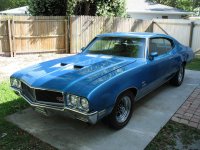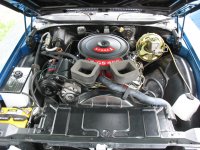Has anyone here messed with ceramic coatings? I am interested in several, headers (of course), combustion chamber, and radiator. I have been looking at the "Tech Line Coatings".
http://www.techlinecoatings.com/hi-performance/default.htm
- Headers: to minimize under hood temperatures.
- Combustion Chambers: Again to reduce cooling requirements and control temperatures, possibly along with some performance benefits (my application is only street performance so I may not run my engine hard enough to gain from the extreme performance benefits).
- Radiator: I hadn't originally considered this, but it appears that there could be some real gain here, claims to 20%! I figure a gain of 5-10% could make it worth while.
http://www.techlinecoatings.com/hi-performance/default.htm
Last edited:







